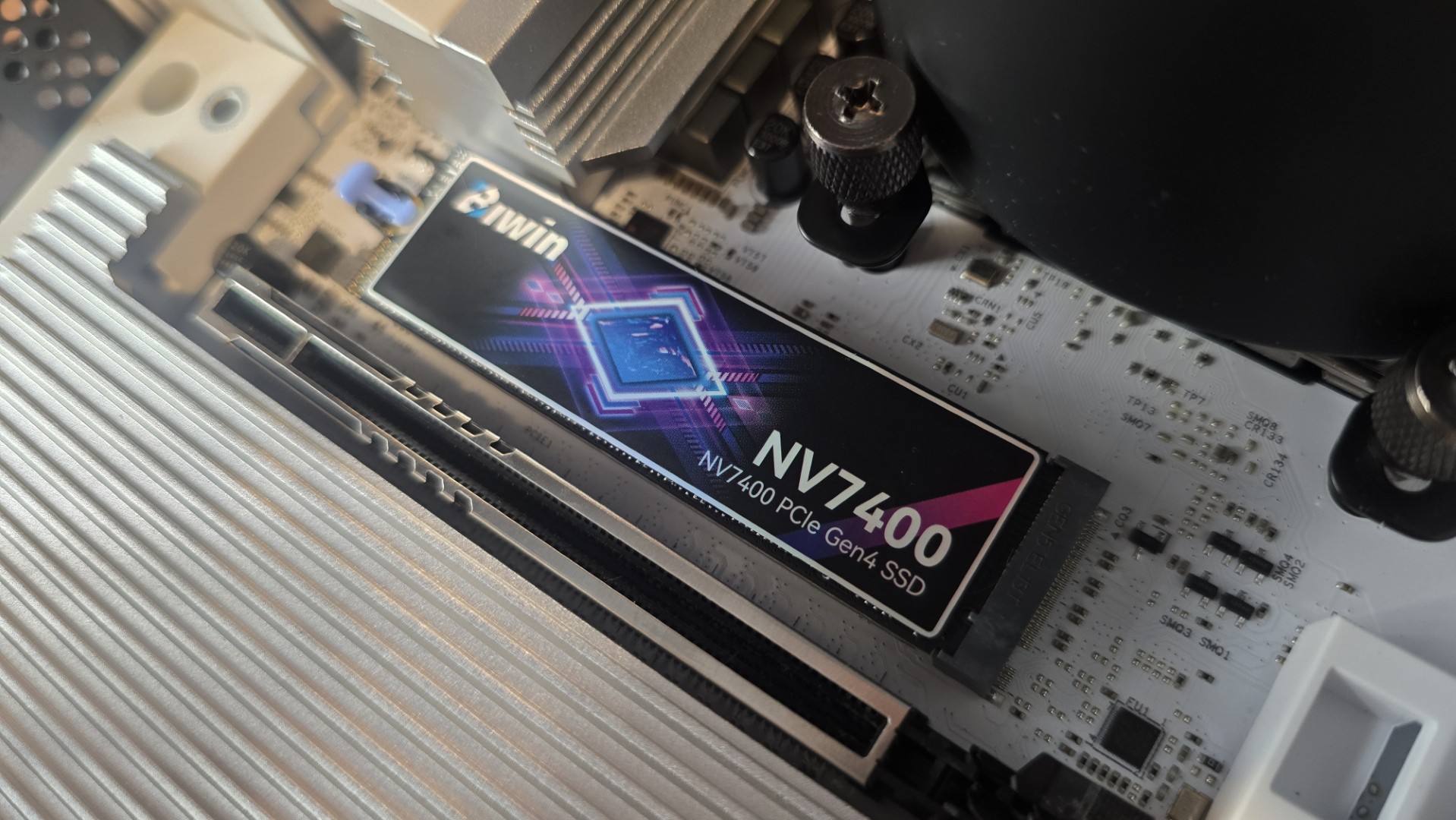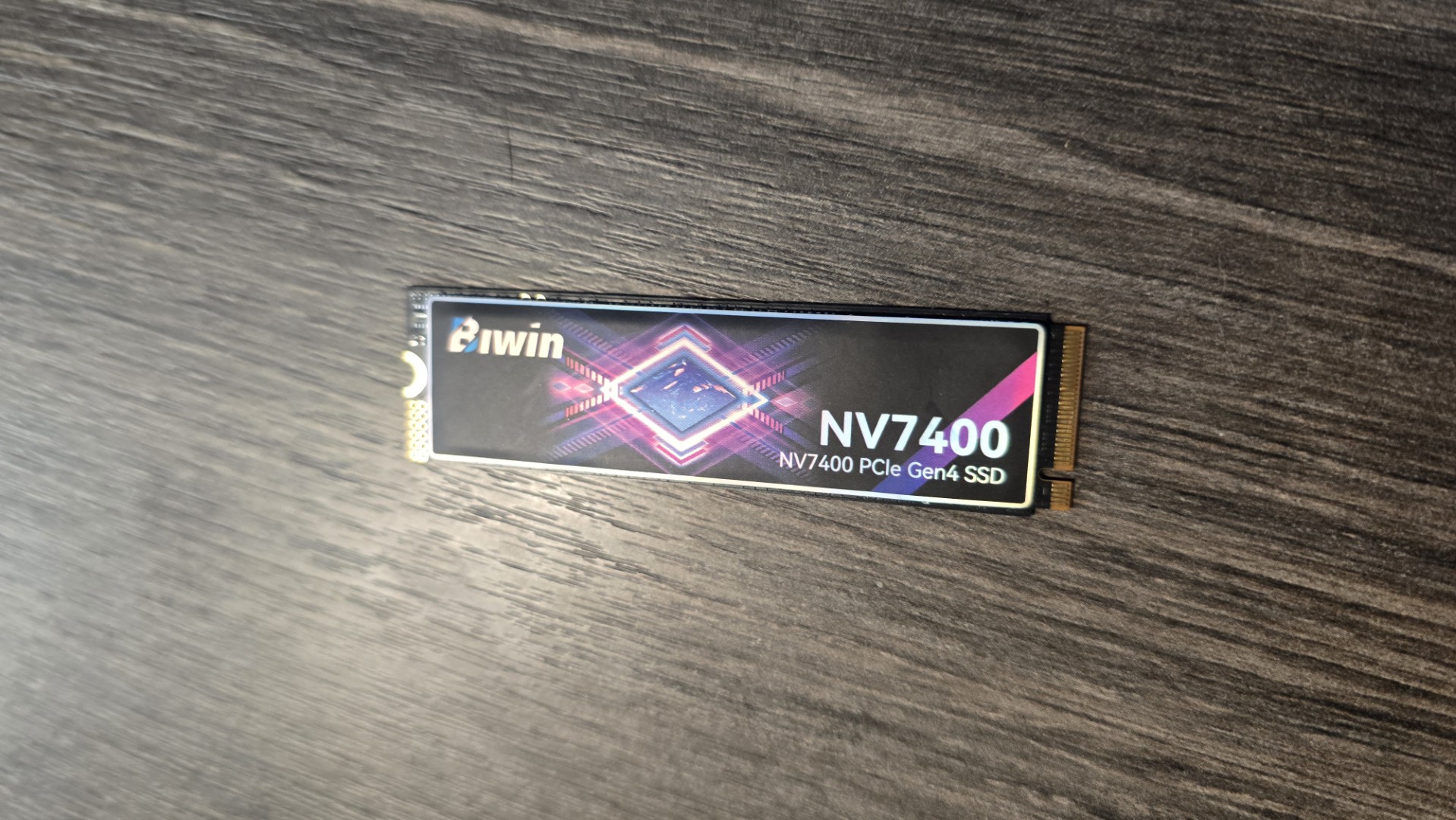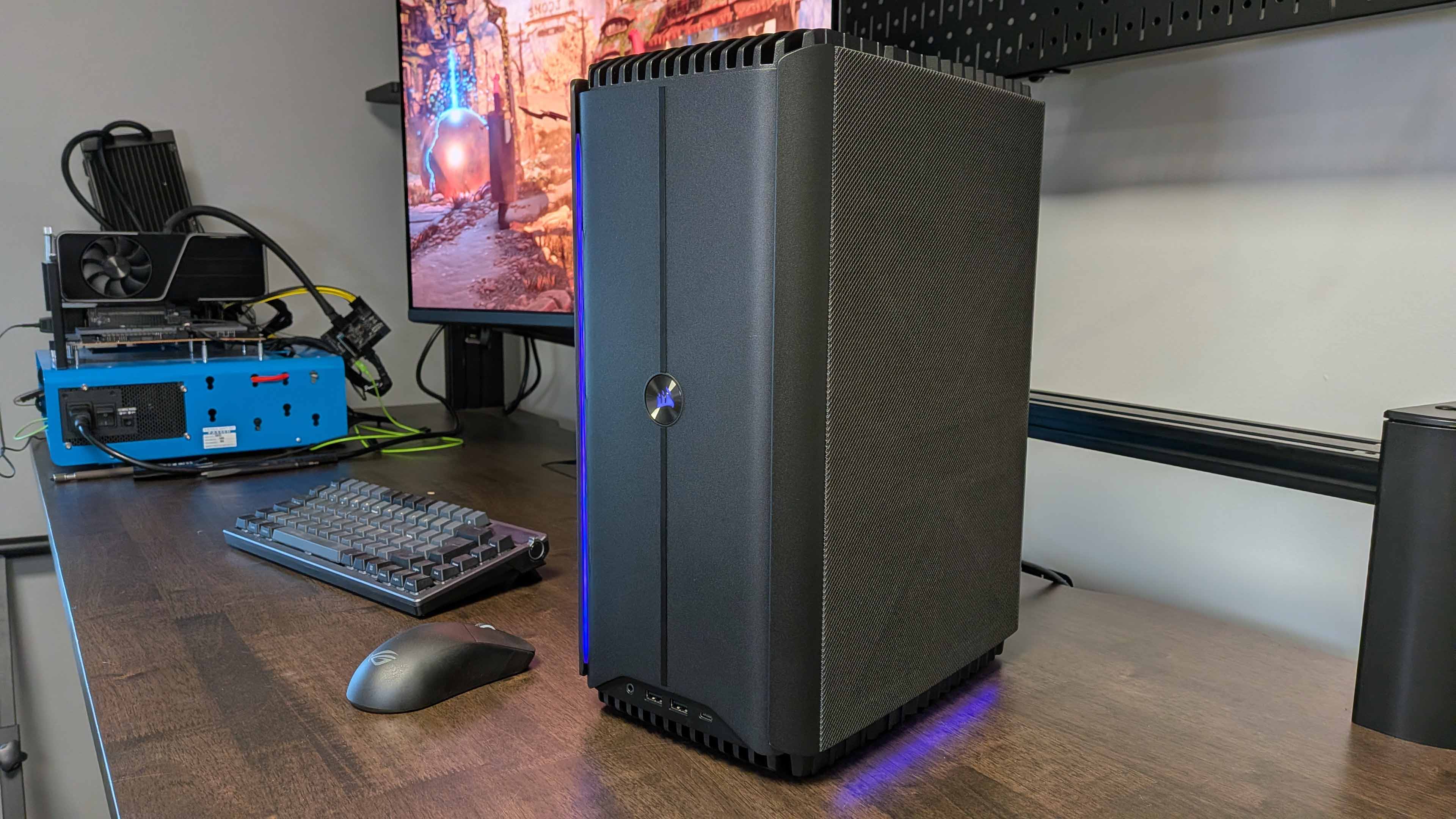Our Verdict
It's the best value drive on the planet right now. No equal. Not even close. The NV7400 delivers outstanding endurance, low temps, and a seriously impressive $ per GB rating. Yet, it's not perfect, with middling 4K results and variable NAND. Biwin had to pull some cunning side-steps to keep that price down.
For
- Low price per GB
- Solid sequential performance
- Stupendously cool
Against
- Random 4K results underwhelming
- Different NAND configurations
PC Gamer's got your back
You can't convince me otherwise; SSDs are the only technological arena right now that doesn't feel stagnant. It's that one component that constantly bucks the trend in terms of continually advancing onwards and upwards. Yes, there are costly technologies leveraged every year, and flagship drives are ripping up the rulebook every two and a half seconds (just look at the WD SN8100 for the perfect example of that). But consistently, time and time again, pricing continues to plummet beyond inflation. And in my eyes that's far more important than anything else. This here drive, the Biwin Black Opal NV7400, is the epitome, the very image of that notion.
I'm going to come straight out with it. For a 2 TB drive, in the US, you're paying $120/£108 for this thing. One hundred and twenty bucks for 2,000 GB of pure PCIe 4.0 storage. That's six cents per gigabyte. By far the cheapest drive I've tested in the last year alone. The only ones that come even remotely close are the larger capacity boys, like WD's 8 TB SN850X or Crucial's own entry-level P310, but even then, they're still higher than this little number per gig. Best budget SSD? Well, hold on for just one moment while I divulge the good stuff, and then you can make your decision.
So, background info first: what the heck is this thing? Biwin, as you may or may not know, is a relatively new kid on the block, at least in terms of a Western audience. It originated in Shenzhen, China, and was founded in 2010 (although it does have a history stretching back to 1996 according to some reports). It has predominantly focused on flash storage solutions and a few other products, and well, that's about it.
Recently though, Biwin has debuted a slew of more consumer-oriented SSDs and memory. Two months back I reviewed its latest PCIe 5.0 solution, the X570 Pro, which packed Silicon Motion's now legendary SM2508 controller with Micron's ever-reliable 232-layer TLC NAND, delivering some intriguing results. The NV7400, however, is a far more cost-effective drive. One that, perhaps understandably, has had to round off a few corners to make the cut, because boy oh boy, is it cheap.
When it comes to the internal hardware, that's where things get a little tricky. For the controller, Biwin's using a Maxiotek MAP1602A Falcon Lite Gen4 (what a name). It's a DRAMless unit manufactured using TSMC's 12 nm process and is built off the back of Arm's 32-bit Cortex R5 architecture, featuring a quad-channel design at its core. Fair enough.
The NAND, though—well, that's where the confusion lies. The drive is available in two different NAND configurations. Either utilizing Micron's 232-layer TLC or YMTC's 232-layer TLC, instead. These are rebranded under Biwin's own naming scheme too, making it hard to identify.
Still, the headline specs are fairly juicy regardless. Sustained read and write speeds are advertised at 7,400 MB/s and 6,500 MB/s, respectively; it comes with a staggering 2,000 TBW endurance rating; and, of course, it is all packed into that single-sided design, making it widely compatible with practically everything that can house a PCIe 4.0 M.2-2280 SSD.
Keep up to date with the most important stories and the best deals, as picked by the PC Gamer team.
PC Gamer test bench
CPU: AMD Ryzen 9 9900X | RAM: 64 GB (2x32GB) Team Group T-Create Expert DDR5 @ 6000 C34 | GPU: Nvidia GeForce RTX 4080 Super | Motherboard: Asus ROG Strix X870E-E Gaming WiFi/NZXT N9 X870E | CPU Cooler: Asus ROG Ryujin III 360 ARGB Extreme | PSU: 1200W NZXT C1200 (2024) 80+ Gold | Chassis: Geometric Future Model 5
Now that drama's out of the way, let's talk numbers here. The good news is that sequentials are solid for a 4.0 drive. It doesn't perfectly nail those advertised scores, but Crystal Disk Mark reports respectable figures of just 7,370 MB/s on the read and 6,336 MB/s on the write. Not bad by any means.
What's less impressive, however, are those underwhelming random 4K results. The read is fine, 75 MB/s, pretty much par for the course for most modern drives at this level, but the write came in at just 229 MB/s on average (with the highest recorded result for this drive sitting at 231 MB/s). That's seriously low, 60-70 MB/s lower than most drives on the 4.0 and 5.0 standards. 3DMark similarly showed a fairly mediocre outing, with a score of just 2,757, likely down to a combination of fairly low bandwidth and a sluggish 65 ns on the access time. In-game, however, in our Final Fantasy XIV Shadowbringers benchmark, the Biwin managed to redeem itself, with a solid showing of 7.398 seconds overall.
Compared to my other favorite budget drive, the Crucial P310 (which admittedly features Micron's 232-layer QLC NAND), sequential results are fairly similar, yet it does beat the NV7400 in practically every other test, unfortunately, including those random 4Ks. At least all bar one, and that's the temperature.
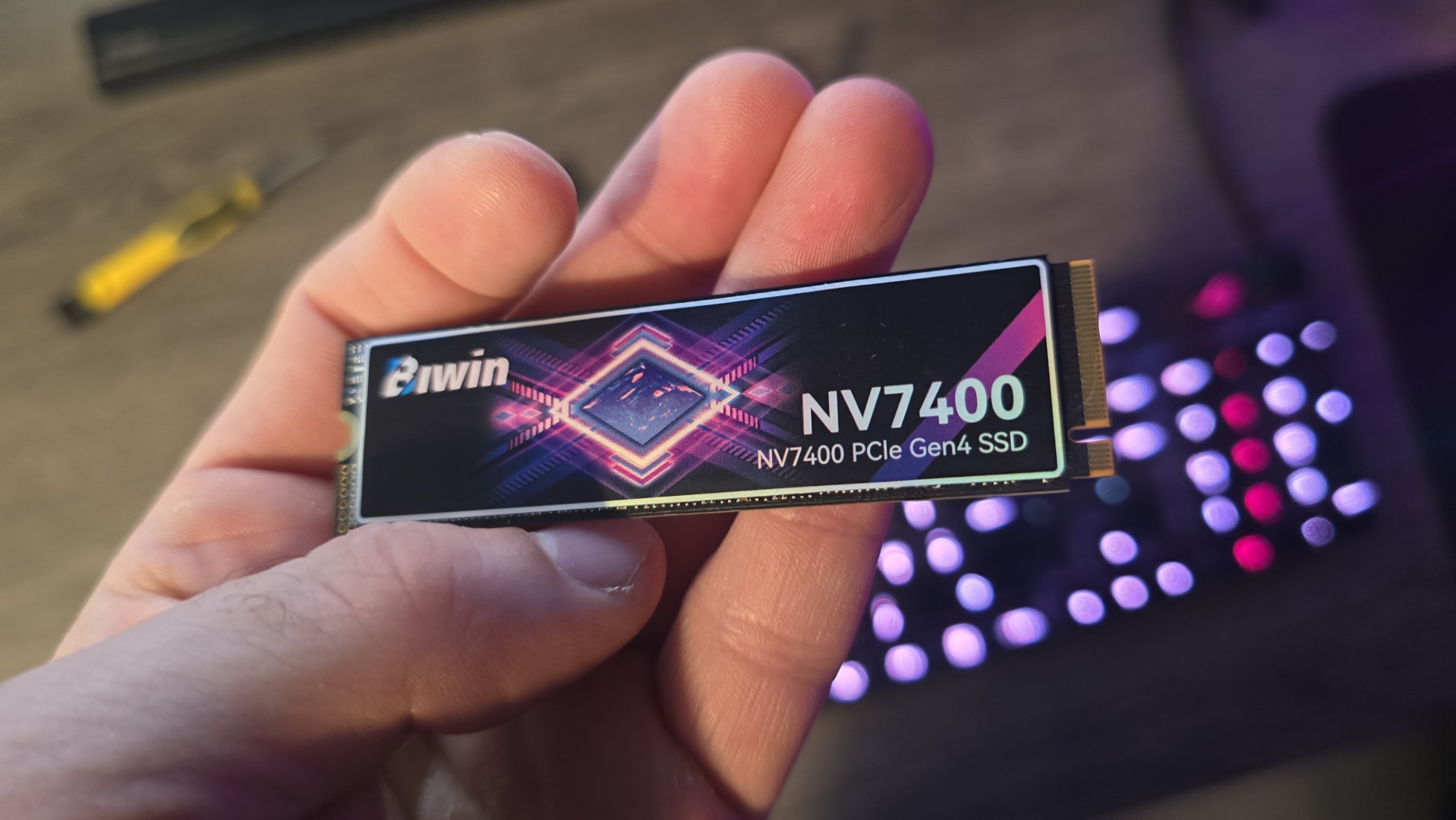
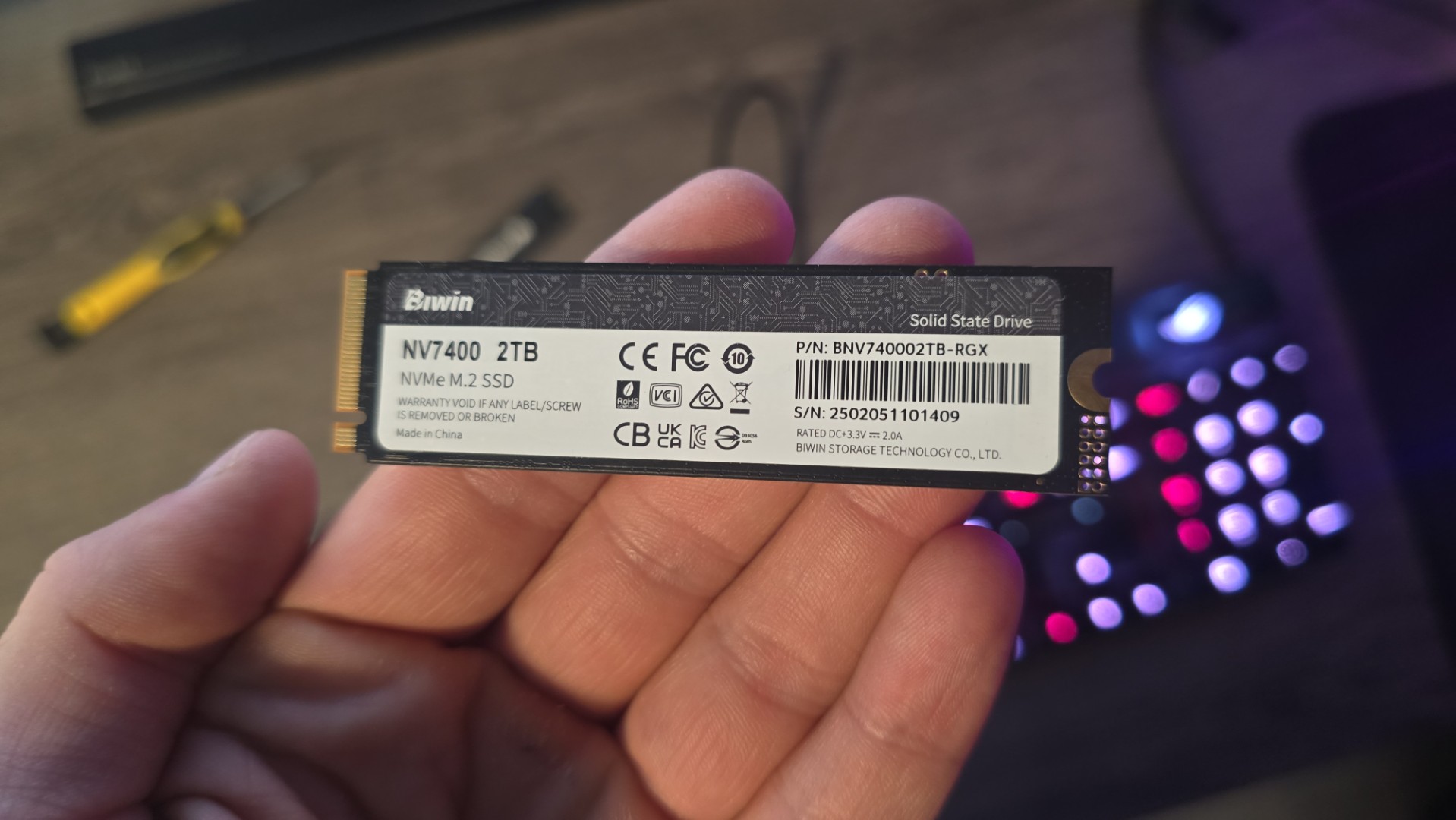
✅ You're after the best bang for the buck SSD: You're on a budget; at a wildly low price point for 2 TB, the NV7400 might just be the best value secondary drive you can get.
❌ You value random 4K performance: You're after top-tier performance and want a consistent SSD that smashes those game load times no matter what.
Even with a slightly higher ambient, the NV7400 beat it to the punch, with a max temp recording of just 48 degrees Celsius. That's radically low. Combine that with that chonky endurance rating and its single-sided design, and if you're looking for a good practical SSD for something like a PS5, then it's a seriously tempting offer.
To be blunt, this drive isn't a standout in terms of pure raw grunt. It's not. There are far better SSDs out there right now, even budget ones. The vast number of Phison E31T drives, for example, can attest to that; the Crucial P510 certainly comes to mind, but you do of course have Corsair's MP700 Elite or Kioxia's Exceria Plus G4 as well. And of course, there are high-performers on the PCIe 4.0 wagon too, with WD's Black SN7100 punching well above its weight class. We're spoilt for choice.
Yet what they all fail to do, for drives aimed at this market, is really encapsulate that budget price point. That constantly tumbling NAND value. Whether that's for larger profit margins or what is hard to say, but the NV7400 just absolutely dominates on that front compared to the rest, and by no small amount. If you're looking for the best value, longest-lasting SSD right now and don't mind the average performance, then it has no equal. Yes, ok, it's not going to beat any records here; it isn't the best for that, but for many of us it'll be enough; we can ignore the slightly slower synthetic results and just purely enjoy the real-world speeds that Biwin has delivered here. At least, if you get the Micron one anyway.
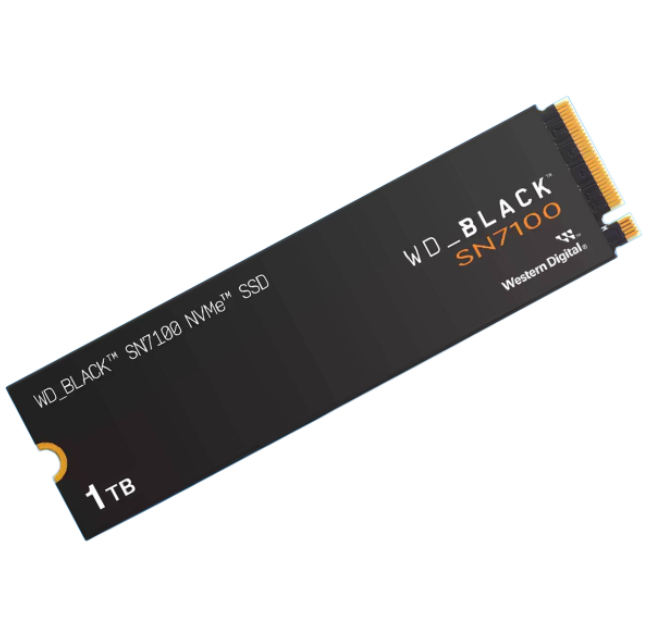
1. Best overall:
WD_Black SN7100
2. Best budget:
Lexar NM790
3. Best PCIe 5.0:
WD_Black SN8100
4. Best budget PCIe 5.0:
Crucial P510
5. Best 4 TB:
TeamGroup MP44
6. Best 8 TB:
WD_Black SN850X
7. Best M.2 2230:
Lexar Play 2230
8. Best for PS5:
Silicon Power XS70
9. Best SATA:
Crucial MX500
It's the best value drive on the planet right now. No equal. Not even close. The NV7400 delivers outstanding endurance, low temps, and a seriously impressive $ per GB rating. Yet, it's not perfect, with middling 4K results and variable NAND. Biwin had to pull some cunning side-steps to keep that price down.
After graduating from the University of Derby in 2014, Zak joined the PC Format and Maximum PC team as its resident staff writer. Specializing in PC building, and all forms of hardware and componentry, he soon worked his way up to editor-in-chief, leading the publication through the covid dark times. Since then, he’s dabbled in PR, working for Corsair for a while as its UK PR specialist, before returning to the fold as a tech journalist once again.
He now operates as a freelance tech editor, writing for all manner of publications, including PC Gamer, Maximum PC, Techradar, Gamesradar, PCGamesN, and Trusted Reviews as well. If there’s something happening in the tech industry it’s highly likely Zak has a strong opinion on it.
You must confirm your public display name before commenting
Please logout and then login again, you will then be prompted to enter your display name.
